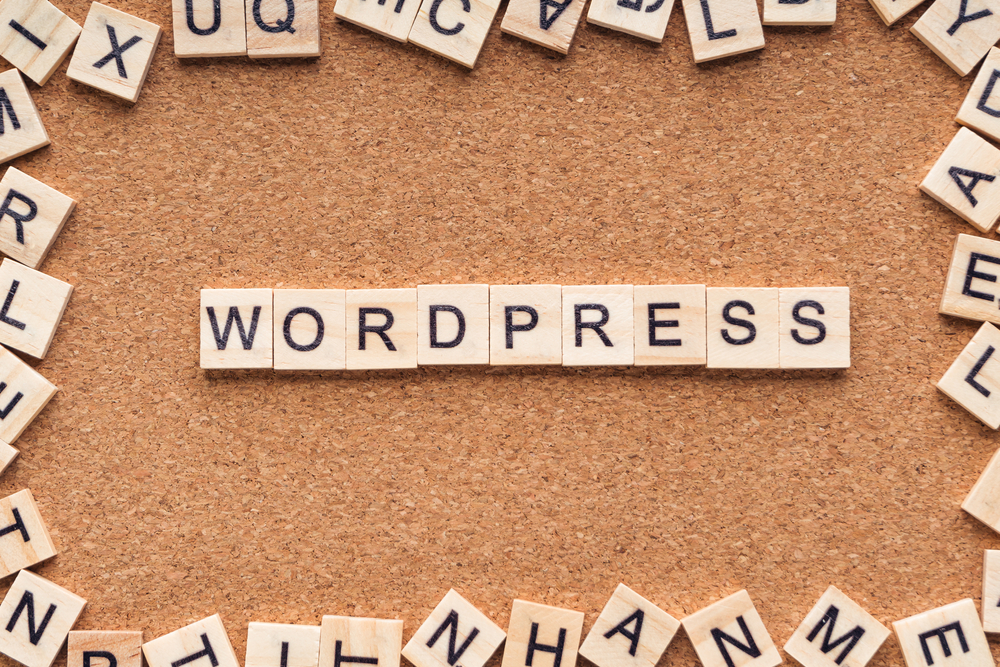
Mastering WordPress: Essential Tips & Tricks for Customization and Maintenance

WordPress is undoubtedly one of the most popular content management systems (CMS) in the world, empowering millions of websites across various industries. Its flexibility, ease of use, and extensive customization options make it the go-to choice for beginners and experienced developers alike. Whether you are a blogger, small business owner, or web developer, mastering WordPress is essential for achieving your online goals. In this article, we will explore some indispensable tips and tricks to help you take full control of your WordPress (the blogging platform) website.
1. Understanding WordPress Themes
A WordPress theme is essentially the design template that determines the look and feel of your website. It includes elements like layout, fonts, colors, and overall styling. When choosing a theme, consider the purpose and functionality of your website. There are thousands of free and premium themes available, each catering to different needs. Customizing a theme can be as simple as changing the color scheme or as complex as modifying the entire layout. Familiarizing yourself with the WordPress (the platform for bloggers) Customizer and Theme Editor will empower you to make these modifications effortlessly.
2. Harnessing the Power of Plugins
Plugins are add-ons that extend the functionality of your WordPress website. They allow you to add features and integrate with external services without any coding. From basic functionalities like SEO optimization and contact forms to more advanced features like e-commerce and membership systems, the WordPress (or WP) plugin repository offers a plethora of options. However, it's crucial to install only trusted plugins from reputable sources to avoid security risks and compatibility issues. Regularly updating plugins is equally important to ensure that you have access to the latest features and bug fixes.
3. Customizing the WordPress Dashboard
The WordPress (WP) dashboard is the control center of your website. By customizing it to match your workflow, you can navigate and manage your website efficiently. Take advantage of the Screen Options button to display or hide specific widgets on different admin pages. Rearrange dashboard widgets by simply dragging and dropping them into your preferred order. You can also create a personalized welcome message or remove any distractions that may hinder your productivity. Spending some time tailoring the dashboard according to your needs will significantly streamline your website management tasks.
4. Optimizing Website Performance
Website speed is a critical factor for user experience and search engine rankings. Optimizing your WordPress website for performance should be a priority. Start by choosing a reliable hosting provider that specializes in WordPress hosting. This ensures that your website has sufficient resources and is optimized for the CMS. Compressing images, minifying CSS and JavaScript files, and implementing browser caching are some techniques to enhance loading times. Additionally, regularly cleaning up your WordPress database, removing unnecessary plugins, and enabling lazy loading for images can significantly boost performance.
5. Implementing Effective Security Measures
Securing your WordPress website is imperative to protect your data, reputation, and the visitors who trust you. Begin by using a robust username and password combination to prevent unauthorized access. Regularly updating WordPress, themes, and plugins is crucial to patch any security vulnerabilities. Installing a reputable security plugin can provide additional layers of protection, including malware scanning, firewall, and brute force attack prevention. Creating regular backups and monitoring your website for suspicious activities will further safeguard your online presence.
FAQs
Q1. Can I use WordPress for e-commerce?
A1. Absolutely! WordPress offers various e-commerce plugins like WooCommerce that seamlessly integrate with your website, enabling you to sell products or services online.
Q2. Is it possible to migrate my existing website to WordPress?
A2. Yes, it is possible to migrate an existing website to WordPress. There are several plugins and services available that facilitate this process, making it relatively straightforward.
Q3. Can I change the appearance of my website without coding?
A3. Yes, WordPress provides a user-friendly interface for customizing themes and appearances without any coding knowledge. You can modify colors, fonts, layouts, and much more using the built-in customization options.
Q4. How can I improve my website's search engine rankings with WordPress?
A4. WordPress is inherently SEO-friendly. By installing an SEO plugin like Yoast or All in One SEO Pack, you can optimize meta titles, descriptions, create XML sitemaps, and implement other best SEO practices to improve your website's rankings.
Q5. What should I do if I experience issues or errors with WordPress?
A5. Troubleshooting WordPress issues often involves identifying conflicts with themes or plugins. Disable recently installed plugins or switch to a default theme to isolate the problem. Alternatively, seeking support from WordPress forums or hiring a developer may be necessary for complex issues.
Mastering WordPress is an ongoing process that requires continuous learning and exploration. By implementing these essential tips and tricks, you can customize and maintain your WordPress website like a pro. Remember, experimentation and practice are key to unlocking the full potential of this versatile CMS. So, dive in, unleash your creativity, and relish the power of WordPress!
Other useful resources
- https://www.wordpress24plus.com/services/